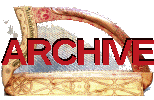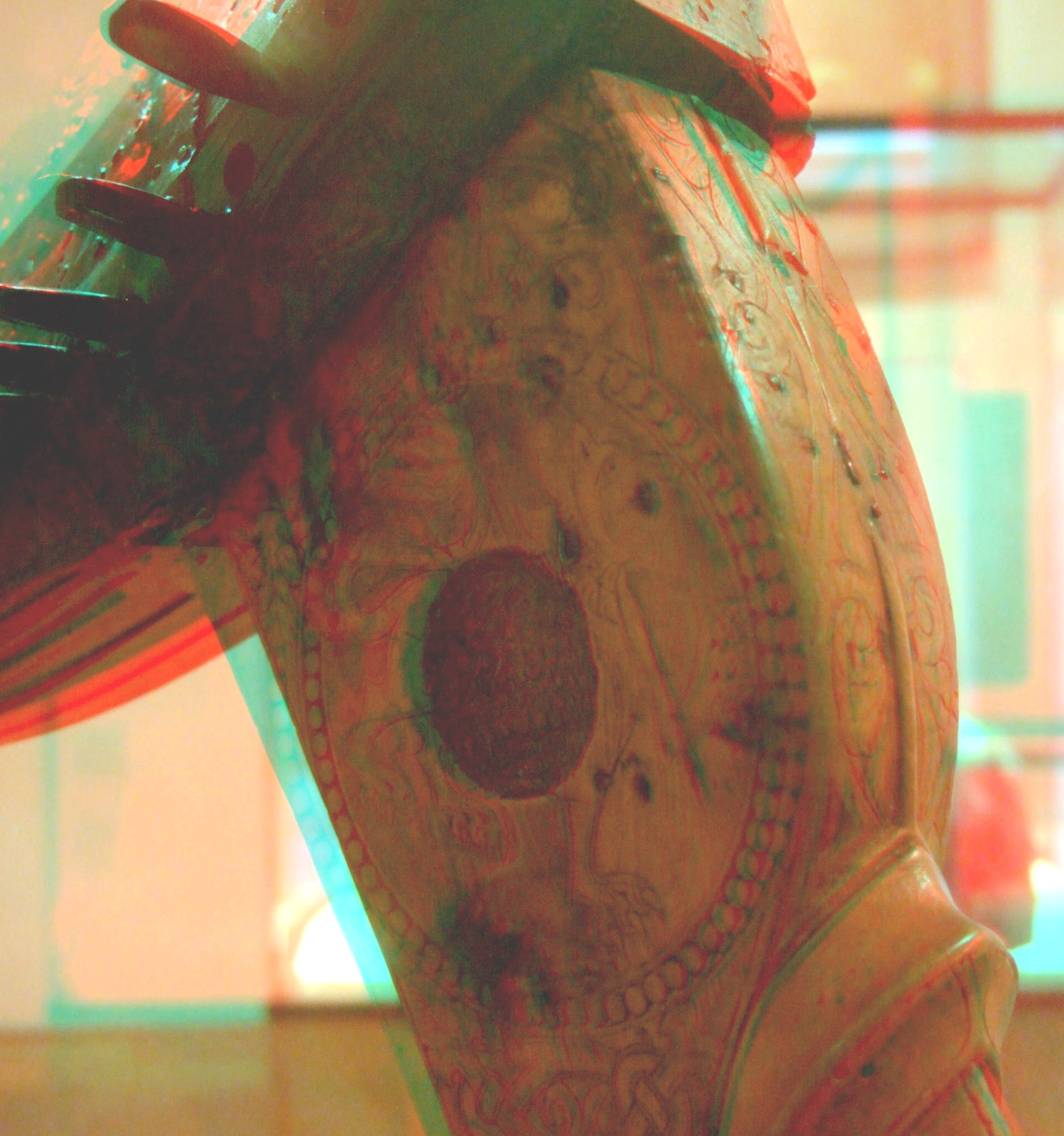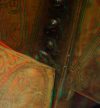

|
The Queen Mary harp is one of the best preserved of all the old harps, but nonetheless it displays a lot of damage apparently caused (and repaired) while it was in use as a working instrument.



Karen Loomis's MMus dissertation for the University of Edinburgh (2010) describes the damage and repairs to the harp in great detail, based on recent CT scans of the harp. Some of these images, along with a lot of information and commentary on the design, construction and damage to this harp can be found in her article in the Galpin Society Journal vol LXV, March 2012.
The main damage that changes the form of the harp is a break in the neck at the back of the forepillar joint; this caused the neck to slump downwards and shifted all of the joints. The big iron strap at the back of the neck seems to have been added to try and pull the neck back up. There is also a crack along the string holes in the soundbox, which allowed the box to belly up a lot more than it should have.
Like most of the old harps, the Queen Mary harp was modified by a later owner. In this case the addition is obvious and simple; an extra bass string was added. There is a hole drilled in the neck beneath the metal band, for a 30th tuning pin (now lost) and as there was no space on the soundbox for a 30th shoe, an iron staple was inserted into the gap that had opened up between the pillar and soundbox. Presumably the old medieval gamut was no longer satisfactory for 17th/18th century baroque playing styles!
The most intersting pieces of damage to the harp from a player's point of view is the wear caused by the use of the instrument. As well as rubbing on the sides of the soundbox, from the players wrists, showing that they rested their wrists on the harp and that their left hand was in the treble and their right hand in the bass, there is a very curious worn area on the bottom of the harp, showing how it was held tipped over to the left when being played.
R.B. Armstrong, The Irish and Highland Harps. David Douglas, Edinburgh, 1904, p. 168-183. Photos, many line drawings of elevation and details, and extremely comprehensive written description.
John Gunn, An Historical Enquiry respecting the Performance on the Harp in the Highlands of Scotland (Archibald Constable, Edinburgh, and John Murray, London, 1807).
Karen Loomis, The Queen Mary and Lamont harps: A Study of Structural Breaks and Repairs. MMus thesis, University of Edinburgh, August 2010 (unpublished)
Karen Loomis et al, ‘The Lamont and Queen Mary Harps’, Galpin Society Journal LXV, March 2012
Keith Sanger & Alison Kinnaird Tree of Strings (Crann nan Teud) (Kinmor Music, Scotland, 1992)
For more on the playing position wear see my blog post, Jan 2014.
Simon Chadwick